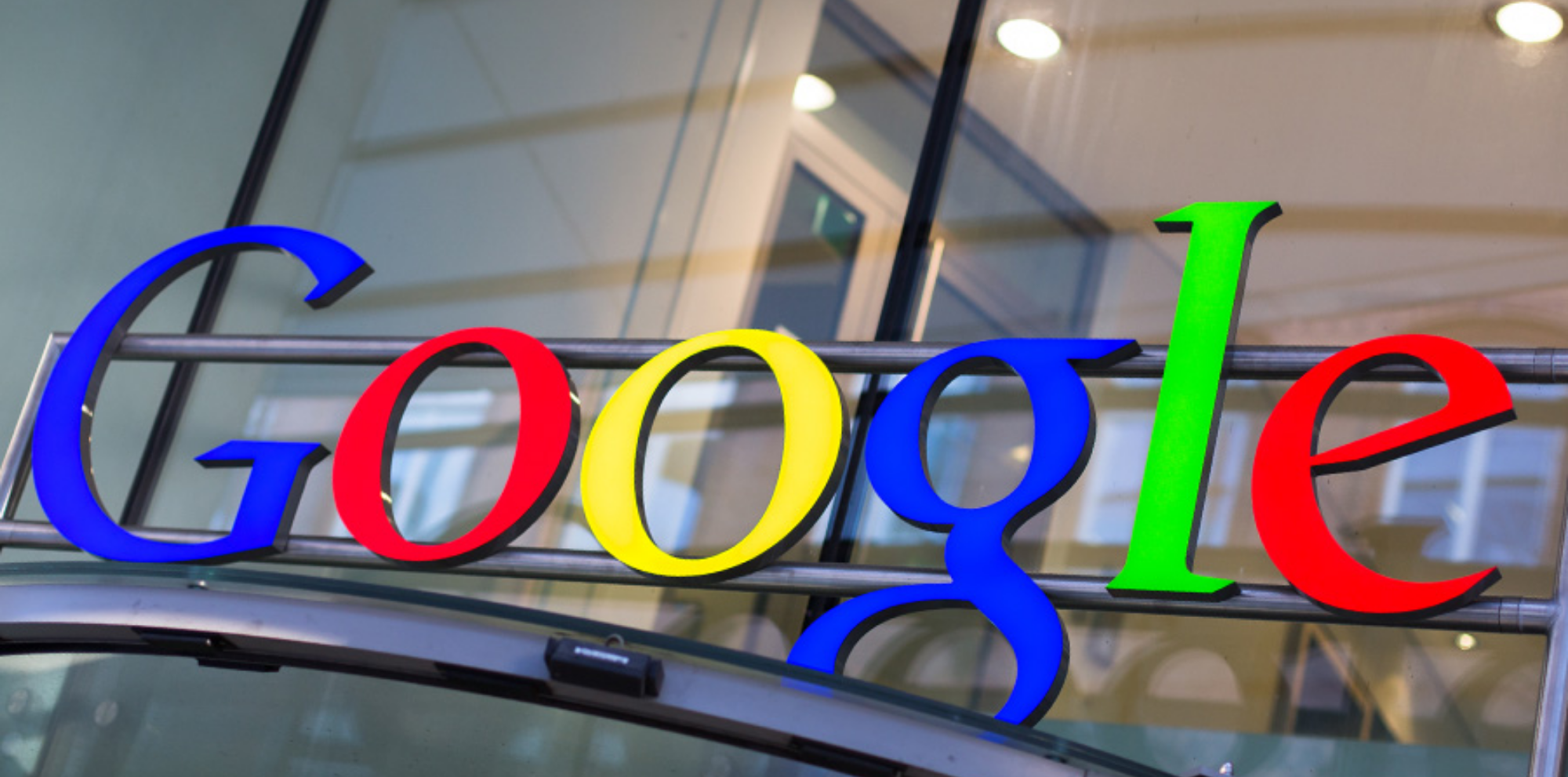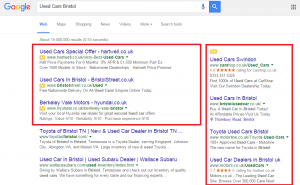Google Ads vs SEO: Which is the Right Investment for Your Shopify Store?
When it comes to creating a sustainable traffic growth strategy for your Shopify store, upping your visibility on search engines is the name of the game.
But is it possible to increase your website traffic from Google without spending any money? And even if you could, would investing in paid search engine advertising help you attract a larger number of new customers to your store?
Let’s take a look at the two best-known tactics in search engine marketing – Google AdWords and SEO – to find out the extent to which each could help you scale your ecommerce business.
Written By
Esther Lowde

What is SEO?
SEO (search engine optimisation) is a marketing practice focussed on organically increasing your website’s presence in search engine results.
A truly effective SEO strategy is comprised of both technical and creative elements, varying from creating effective meta descriptions and titles for your store’s pages to ensuring that the written content of your website can easily be read by Google’s search algorithm and ranking system. Most importantly, it requires you to identify and actively target the keywords (popular search terms) that matter most to your target audience.
But why is SEO so important?
Essentially, because your ranking on search engine results pages (SERPs) can make or break the amount of website traffic your store receives.
In fact, studies show that websites appearing on the first results page steal 95% of all search engine traffic, with the website ranking highest on page one enjoying around 33% of traffic share!
SEO is especially crucial for the success of ecommerce stores as an increasingly large amount of online shopping now begins with a search engine. In January 2016, almost 40% of worldwide ecommerce traffic came from SERPs – and that percentage is only getting bigger.
Creating a basic SEO foundation on your Shopify store is therefore crucial for scaling your ecommerce business. It’s also completely free of charge – so there’s really no excuse not to be doing it! Read more about how to get started here.
However, while SEO is an ideal search marketing strategy for the long-term success of any online store, it does require a considerable amount of time and effort to implement – and can be a very slow and complex process.
This could explain why the popularity of paid search engine advertising – and the Google AdWords platform in particular – is rapidly on the rise.

What is Google AdWords?
As the leading paid search marketing platform, Google AdWords is essentially a quick-fix solution which allows online businesses to pay for their advertisements to appear at the top of SERPs.
This process involves bidding on relevant keywords that your target audience are searching for. The cost of each keyword will depend on its search volume, competition from other companies and a handful of other factors.
After securing a keyword, your advertisement will appear above organic results on that SERP every time users search for that term – and will become more visible to your target audience as a result.
Payment for AdWords advertising is done on the basis of either CPC (cost-per-click) or CPM (cost-per-impression):
- CPC advertising means that you’ll pay a fixed price every time someone clicks on your advertisement, making it a good choice for boosting sales.
- On the other hand, CPM advertising will require you to pay the search engine for every 1000 times your ad appears on the page, making it a great option for companies simply looking to raise awareness about their brand.

Example of paid AdWords advertisements appearing above organic results on a Google SERP.
Is it worth paying for Google AdWords on top of your SEO foundation?
Because of how fast paid advertising is when compared to SEO implementation, it’s really no wonder that paid search engine marketing has become such a popular investment in recent years.
Certainly, AdWords is an incredibly useful tool for online businesses looking to attract visitors to their website fast – especially while they are still working on building up their organic SEO – and effortlessly get ahead of the competition by showing up first on SERPs.
Additionally, a good paid search marketing campaign can lead to a high ROI (return on investment), with Google’s Economic Impact Report recently claiming that businesses make an average of $2 in revenue for every $1 they spend on AdWords.
At Swanky, we believe that it is worth considering Google AdWords as an option for your business if:
- You have a specific target audience you are hoping to increase traffic from in a defined period of time.
- You have a large enough marketing budget to invest in relevant advertising campaigns.
- Your store wants to rank for keywords in a competitive industry and your brand is relatively new online.

However, it’s important to bear in mind the potential drawbacks of paying for an AdWords campaign.
Firstly, there is always a risk that your campaign will not go well or drive as many conversions as you had hoped for, which means you will have wasted some of your valuable marketing expenditure.
Secondly, on average, the level of traffic generated by organic SEO practices has been shown to be higher than the traffic generated by AdWords campaigns. For example, in 2014, free search results represented 23.6% of ecommerce orders in the USA while paid search results came in at just 16.3%.
Lastly, as soon as you turn your AdWords campaign off, that also means the end of that traffic source.
It’s also worth remembering that your marketing budget could be more sustainably used in other ways. In particular, investing in the help of a professional SEO strategist is a great choice for most growing Shopify businesses as they will work with you to boost your traffic in the long-term by analysing, reviewing and implementing constructive changes to your website. A paid SEO campaign will also create engaging, brand enhancing content for your store’s visitors to enjoy.
In short, while AdWords can help you achieve your short-term goals, long-term growth is often delivered most cost-effectively through an SEO strategy.

Ecommerce strategy considerations
If you’re an ecommerce store (rather than a news outlet or services website), you’ll want to rank for brand-specific keywords in addition to more generic keywords for your products and industry.
For example, someone searching on Google for ‘tents for sale’ is likely to be in the research stage of their customer journey. They might need a blog post featuring reviews and evaluations to investigate their buying options further.
Someone searching for ‘vango illusion airbeam tent’, on the other hand, is likely to have reached the buyer stage of their customer journey and will have already completed their research.
These two different groups – who either visit your ecommerce store with an intent to browse or an intent to buy – must both be catered for on search engines if they are to visit your website at all. This is best done with a mix of SEO and paid search advertising.
Essentially, while using SEO to target generic keywords is great for bringing browsing traffic to your store, paid ads are a good choice for those visitors with high buyer intent. People are more likely to click on ads – rather than organic SEO results – when they are on a hunt to buy something.
Hence, it might be worth creating a paid AdWords strategy for the branded keywords you want to rank for and an SEO strategy with content targeting searches that are more generic.
If you use Google Shopping Feed, brand-specific keywords can also display imagery and pricing with the search results. This helps the customer find what they’re looking for faster and also enables you to bring in more traffic with buyer intent.

Making the decision
SEO may be a slow-burn process, but it is ultimately the most sustainable way of attracting new traffic to your website.
Investing in Google AdWords is not mandatory for long-term ecommerce success, and if you’re willing to put the time and effort into your SEO strategy, you could still see considerable traffic growth without any paid search engine advertising at all.
However, we do still recommend AdWords as a helpful and effective tool for businesses in need of a quick-fix solution for attracting their target audience or users with immediate buyer intent. In fact, for Shopify Plus enterprises or any ecommerce store with a greater marketing budget, the ideal growth strategy will likely involve a mixture of both strong SEO and extra AdWords spend.
The two complement each other well because while paid search advertisements have the ability to scale businesses, traffic and market share more quickly, SEO provides a cost-effective way of maintaining and consolidating these new-found customers.
Additionally, a strong SEO strategy can help to increase your ROI for paid search marketing as Google will estimate your paid advertising costs based on whether you already have a good SEO foundation in place for the keywords you’re looking to rank for.
Whether you choose to use AdWords or invest in hiring an SEO strategist will ultimately depend on your cash budget. The one thing all Shopify businesses – both big and small – must do in order to ensure lasting search engine visibility is to make sure to have a strong basic SEO foundation in place. Read more on how to do this in our latest SEO guide for Shopify stores.
From there, your additional marketing investments can work together on top of this foundation to create the strongest growth strategy for your store overall.
If you are interested in finding out more about our SEO or paid advertising services for Shopify stores, get in touch with our friendly team of marketing experts today for a chat about how we could help you out.

